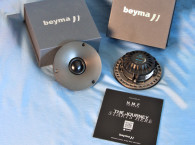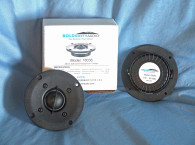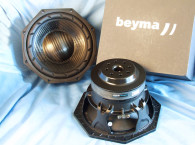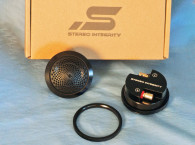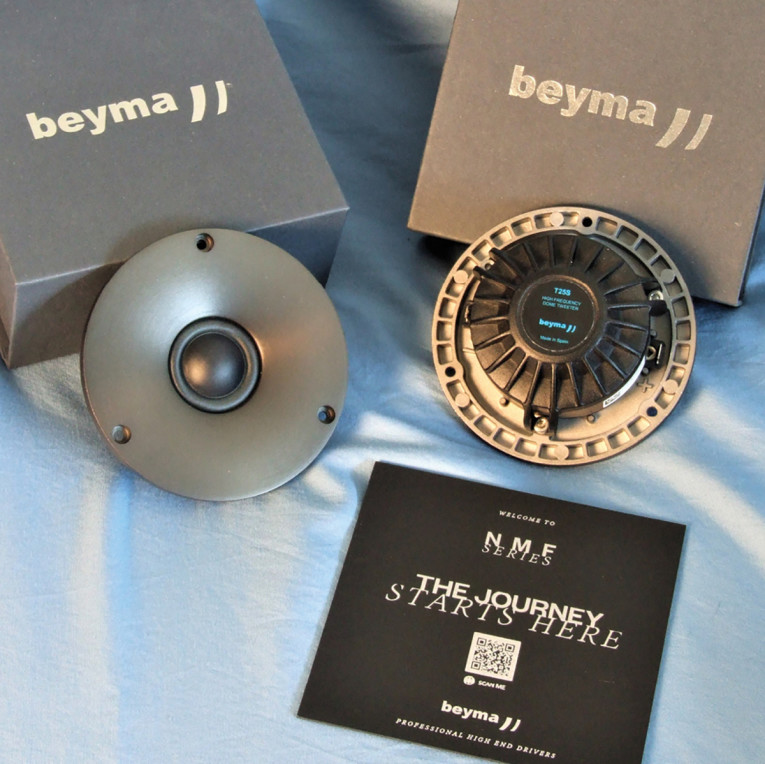

I began characterizing the T-25S with the LinearX LMS analyzer and generated the 300-point impedance sweep illustrated in Figure 1. The impedance resonance occurs at 697Hz (factory spec is 600Hz). DCR for the Beyma T-25S is 3.16Ω, while the minimum impedance is 3.36Ω at 2kHz. Again, like the T-25M, the impedance resonance almost looks as if it has been damped with magnetic fluid in the gap, however, this is just some well-applied mechanical damping.
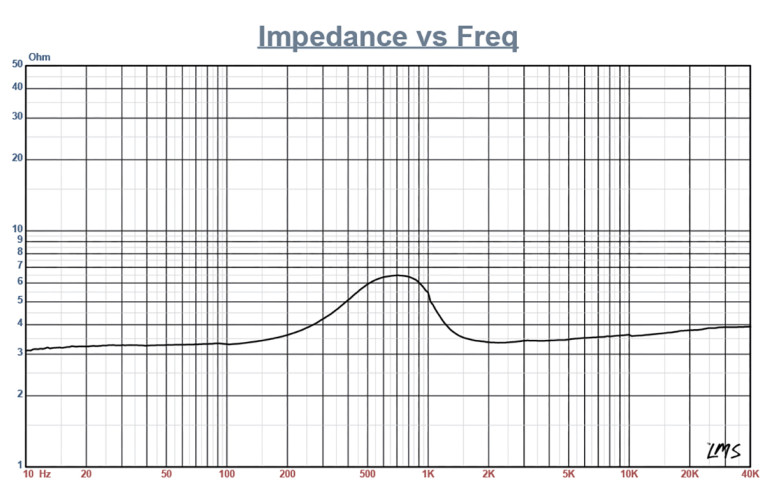
Following the impedance test, I recess-mounted the T-25S tweeter in the same enclosure as the T-25M (baffle area=12”×6”) and measured the on- and off-axis frequency response using the Loudsoft FINE R+D analyzer (provided to Voice Coil courtesy of Loudsoft) and the GRAS 46BE ¼” microphone (courtesy of GRAS Sound & Vibration). I then measured the 200Hz to 40kHz frequency response (using a 192kHz sampling rate) at 2V/0.5m normalized to 2.83V/1m. Sweeps were performed at 0°, 15°, 30° and 45°.
Figure 2 shows the on-axis response of the T-25S tweeter, which measured ±2dB from 2.5kHz to 17kHz, followed by 6dB to 7dB peak centered on 20kHz.
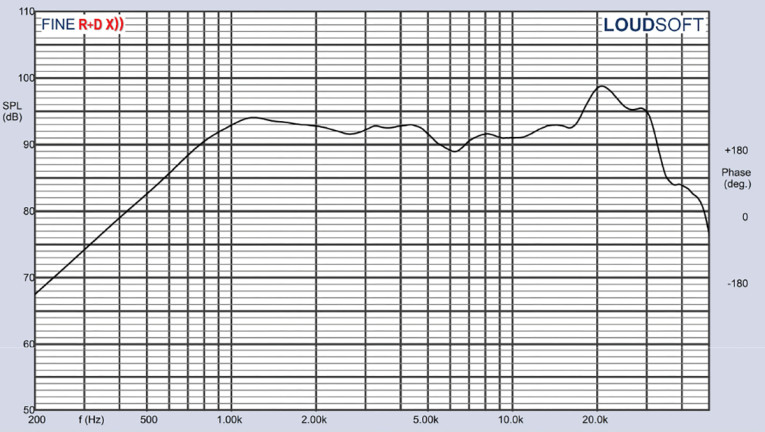
Figure 3 gives the on- and off-axis response of the Beyma T-25S tweeter. Figure 4 shows the off-axis curves normalized to the on-axis response.
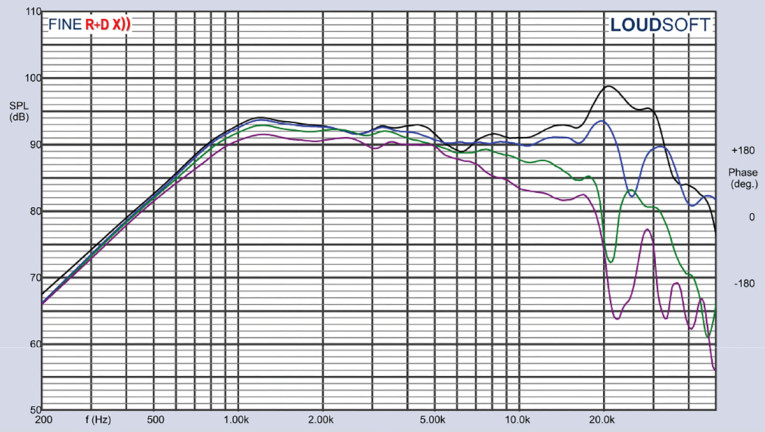

Figure 5 shows the T-25S’s CLIO 180° polar plot (measured in 10° increments with 1/3 octave smoothing). Figure 6 shows the two-sample SPL comparison of the T-25S, indicating the two samples were closely matched to within 0.5dB to 1dB throughout its operating range from 2.5kHz to 20kHz.

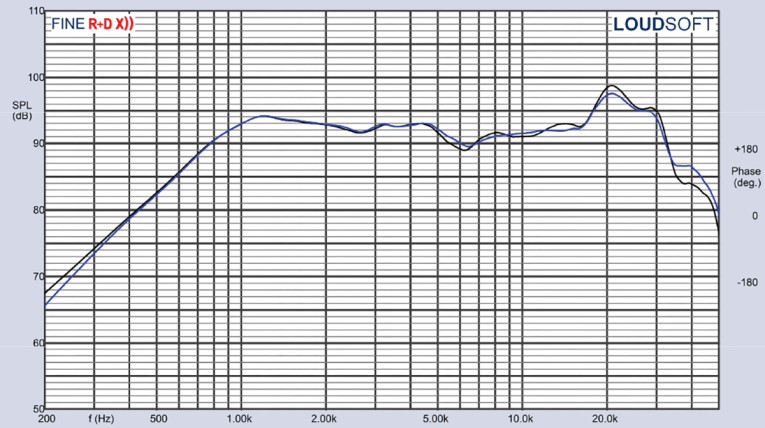
For the remaining group of tests, I fired up the Listen SoundCheck AudioConnect analyzer along with the Listen SCM 2 ¼” microphone (provided courtesy of Listen, Inc.). Next, I measured the impulse response with the tweeter recess-mounted on the same 12”×6” test baffle used for the SPL test.
Importing this data into the Listen SoundMap software produced the cumulative spectral decay (CSD) plot (commonly referred to as a “waterfall” plot) given in Figure 7. Figure 8 depicts the Short Time Fourier Transform (STFT) displayed as a surface plot.
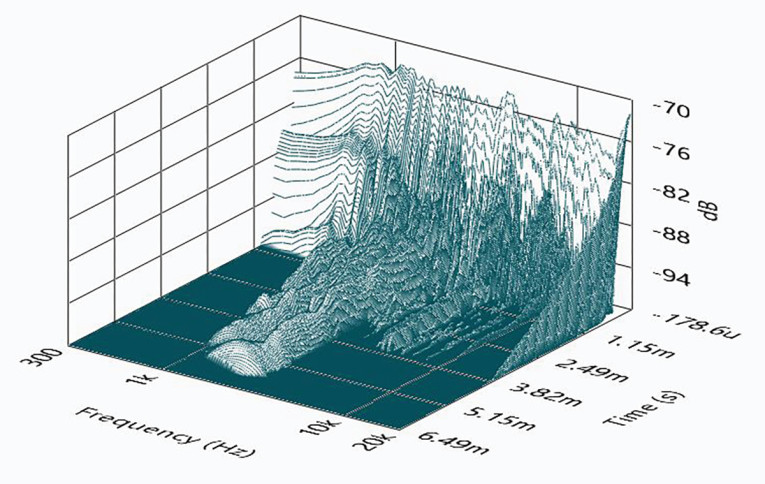
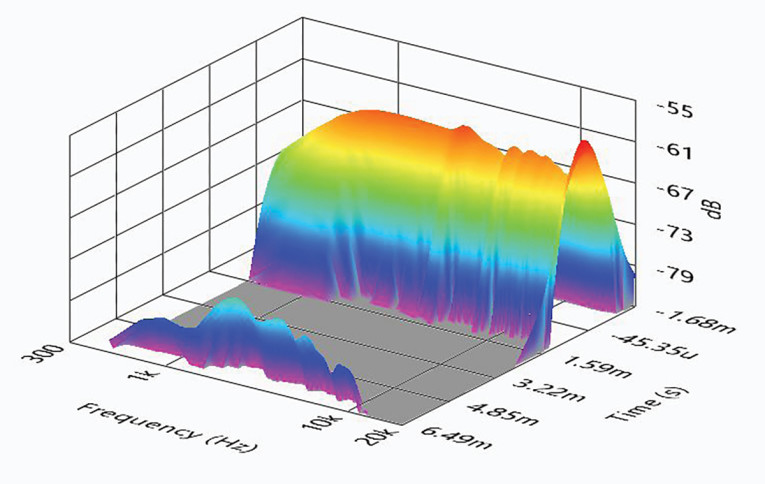
For the final test procedure, I set the 1m SPL to 94dB (5.2V) using a pink noise stimulus, and measured the second- and third-harmonic distortion at 10cm, illustrated in Figure 9. Distortion is dominated by the second harmonic with a very low third-harmonic distortion, however even the second-harmonic content is below 1%, above 3kHz.

The build quality of the Beyma T-25S, like the T-25M, is definitely suitable for the high-end two-channel and studio monitor market for which it is designed.
Given all the data collected for the T-25S and the T25M, I would say that this new Beyma high-end OEM tweeter lineup is definitely a strong competitor for other high-end home audio companies, such as Scan-Speak, SEAS, Eton, SB Acoustic, Accuton, and others. For more information about these tweeters and other Beyma products, visit www.beyma.com. VC
Read here the Test Bench on the new Beyma NMF series T-25M aluminum/magnesium alloy metal dome tweeter.
This article was originally published in Voice Coil, December 2022




